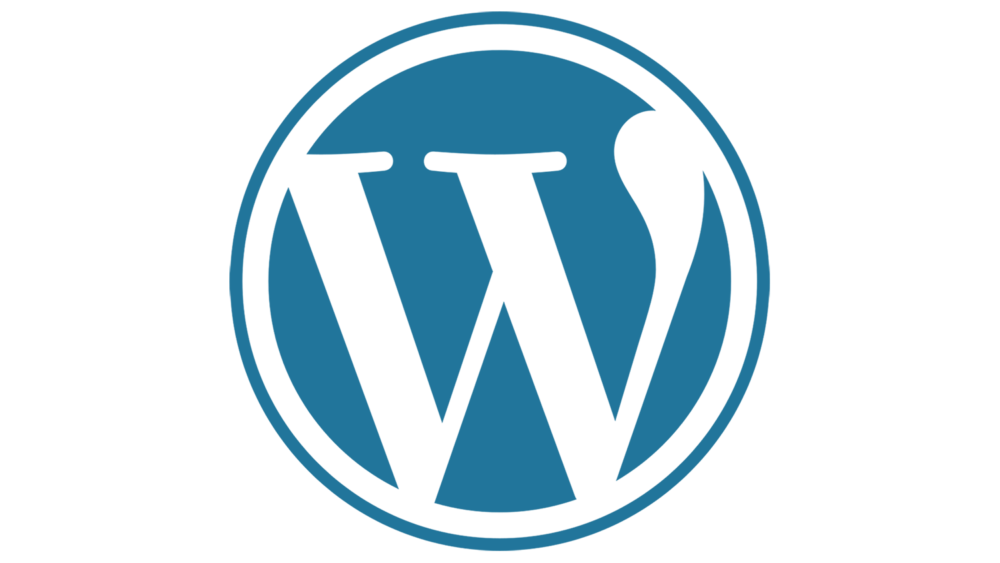A Content Management System (CMS) is a platform that enables you to organize and publish a lot of content on a website.
Websites are all built with a foundation of at minimum the HTML and CSS languages (and usually javascript). And if you are not a coder or programmer then a CMS is a great way to enable people who don’t know how to program with these languages to be able to add and edit the content on their website. A CMS also works with additional database type languages beyond just the HTML and CSS to provide a dynamic way of organizing all your content.
While CMSes are great for non coders, they are also great for programmers as well because they allow a coder to add in their custom code.
While there are a lot of CMS options available, WordPress is the most popular CMS. It is being used in about 33% of websites. WordPress enables a person to be able to access the WordPress admin panel from any website browser to make changes. All that is needed to login into the control panel is a username and password. And multiple usernames can be created to allow for more than just a single user access.
Just because a CMS like WordPress enables people to add content to their website doesn’t mean that a professional web developer is not possible needed for some part of the process. Some people want the assistance of a web developer just to set up the website to begin with. Other times an organization or business may want the developer to maintain the website’s software updates and backups through out the year and add new content when requested. And then some people want the developer to just handle every last thing. There are many types of arrangements that can be made.
A WordPress based website consists of 3 main software components.
1) The WordPress software itself. Right now WordPress is on version 5.0.3. It is free and open source and is well supported.
2) A Theme. Every WordPress site needs a Theme. The Theme provides the next step of parameters for the unique styling and functionality of your website. There are both free and premium Themes available.
3) Plugins. Plugins extend the website’s functionality and possibilities. You don’t need any plugins but most websites have at least a few plugins, while others may have 10-20 or more. The most popular plugins are for adding contact forms, enabling search engine optimization tools, security tools, or a just a website backing up tool. There are both free and premium plugins.
Having a CMS like WordPress accompanied with some basic instruction and guidance from your developer will enable you access to your website by logging in through a web browser for the simple adding/editing and removing of content!


Comments are closed.